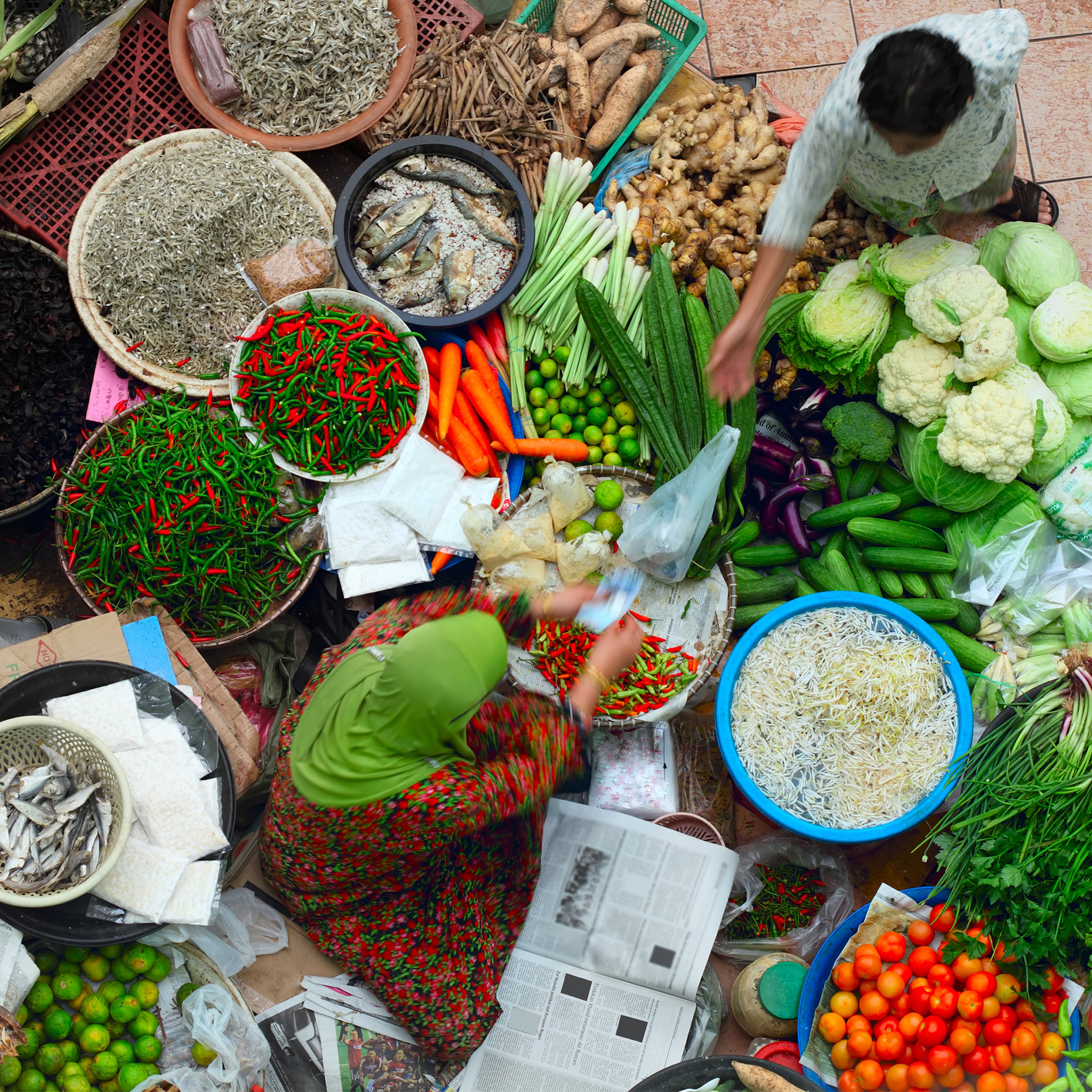
In an uncertain world, diners in Asia are seeking simplicity and comfort. Meanwhile, technological improvements are delivering more of what consumers want, when they want it.
Health matters
From organic farming in the Philippines, to ubiquitous salad bowls in Japan, and the popularity of vegetarian temple food in Hong Kong, health is the driving force behind some of the industry’s biggest trends. Catherine Feliciano-Chon, managing director of marketing firm CatchOn, which releases an annual report on the future of food, predicts that plant-based eating will enter the mainstream. “We think the movement is here to stay because it’s being driven at both the supply and demand levels,” she says.
Cooking with fire
While the sous-vide machine was once a fixture at high-end establishments, Michael Ryan, chef-patron of The Provenance in Australia, says that restaurants are following the lead of Singapore’s Burnt Ends and grilling over charcoal and wood fire. “Chefs are de-emphasizing technology in the kitchen because it’s been overused and returning to more familiar methods of cooking,” he explains.
Indigenous ingredients
Whether it’s bush tucker in Australia, wild vegetables in Japan or indigenous varieties of quinoa in Taiwan, the emphasis on native ingredients is growing. The trend dovetails with the rise of regional cuisine across Asia and increased interest in sustainability issues. “Chefs feel they have the responsibility to promote local and indigenous ingredients, and also a more diverse diet,” says chef Richard Lin of Mume in Taipei, where more than 90% of the products used come from Taiwan.
Fast and easy
According to Euromonitor, Asia-Pacific was the fourth fastest growing region for the fast-food industry in 2017, and the positive trend is expected to continue. Thanks to the recent lifting of the ban on American beef exports to China, US chains such as White Castle and Fat Burger are expanding, and trendy eateries are adding burgers to the menu, observes Francisco Araya, executive chef of NAPA in Shanghai.
Dining on demand
Catchon’s founder and managing director Catherine Feliciano-Chon notes that the business of home delivery is undergoing rapid change as new online platforms race to capture new markets. A McKinsey report estimates that this market will reach more than €20bn by 2025. This means higher-end restaurants that traditionally didn’t deliver can now do so.
Setting the table
The shift toward photogenic food is not limited to rainbow-coloured sweets and monochrome plating: restaurants are choosing lighting and design to cater to Instagram. Table setting, says food writer Janice Leung Hayes, is a big trend, with bespoke ceramics, props and surfaces that photograph well in flat lays becoming more common.
Melinda Joe
